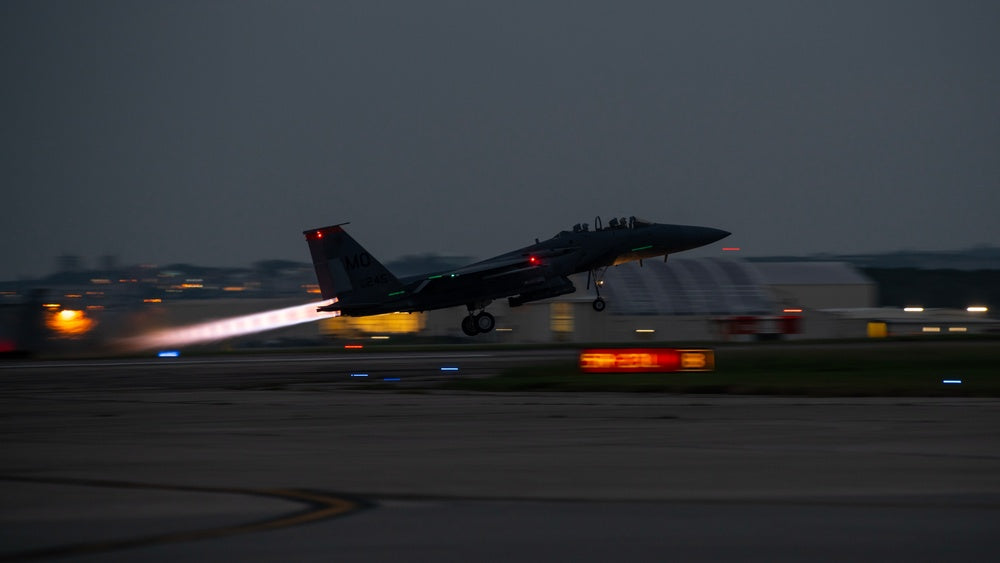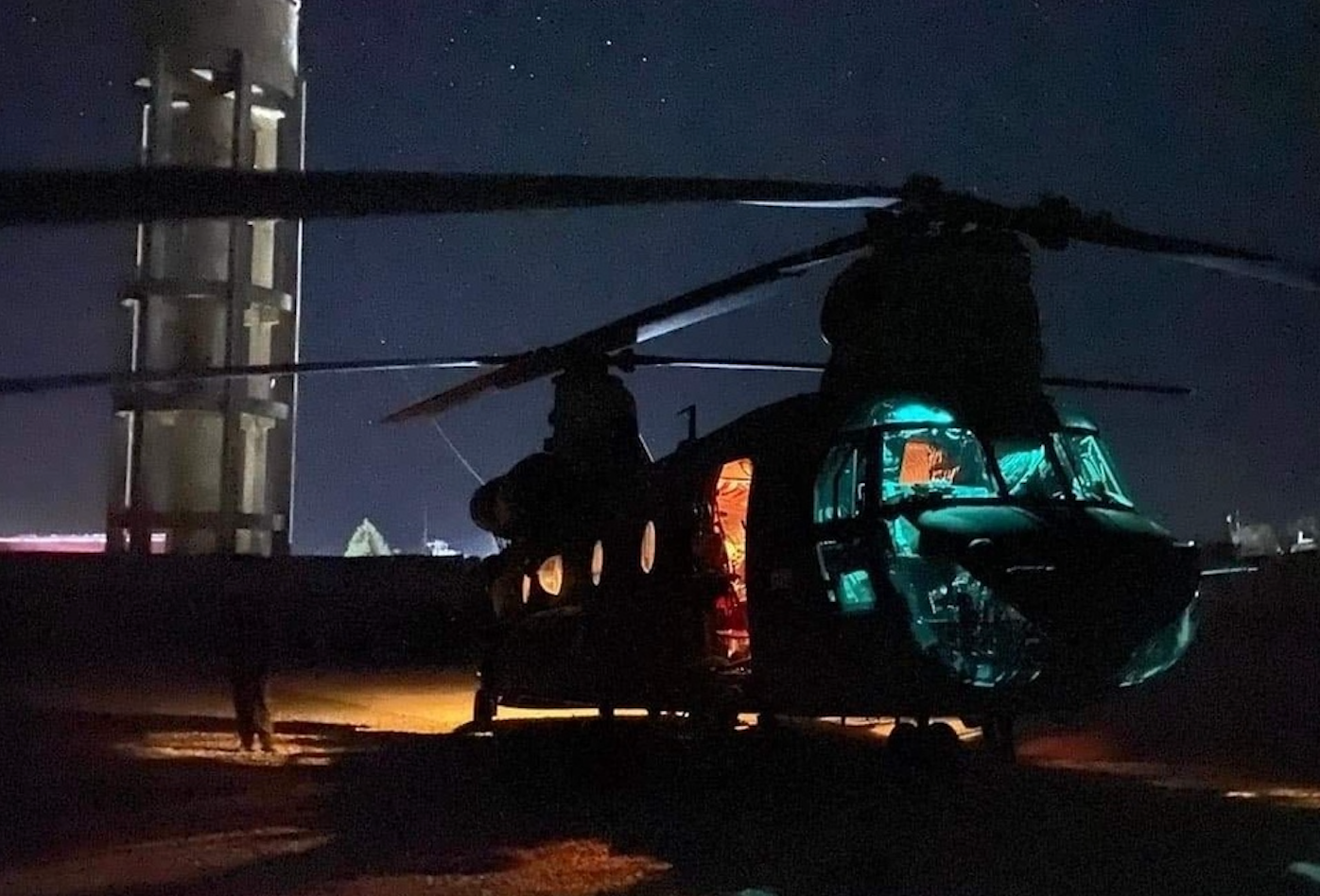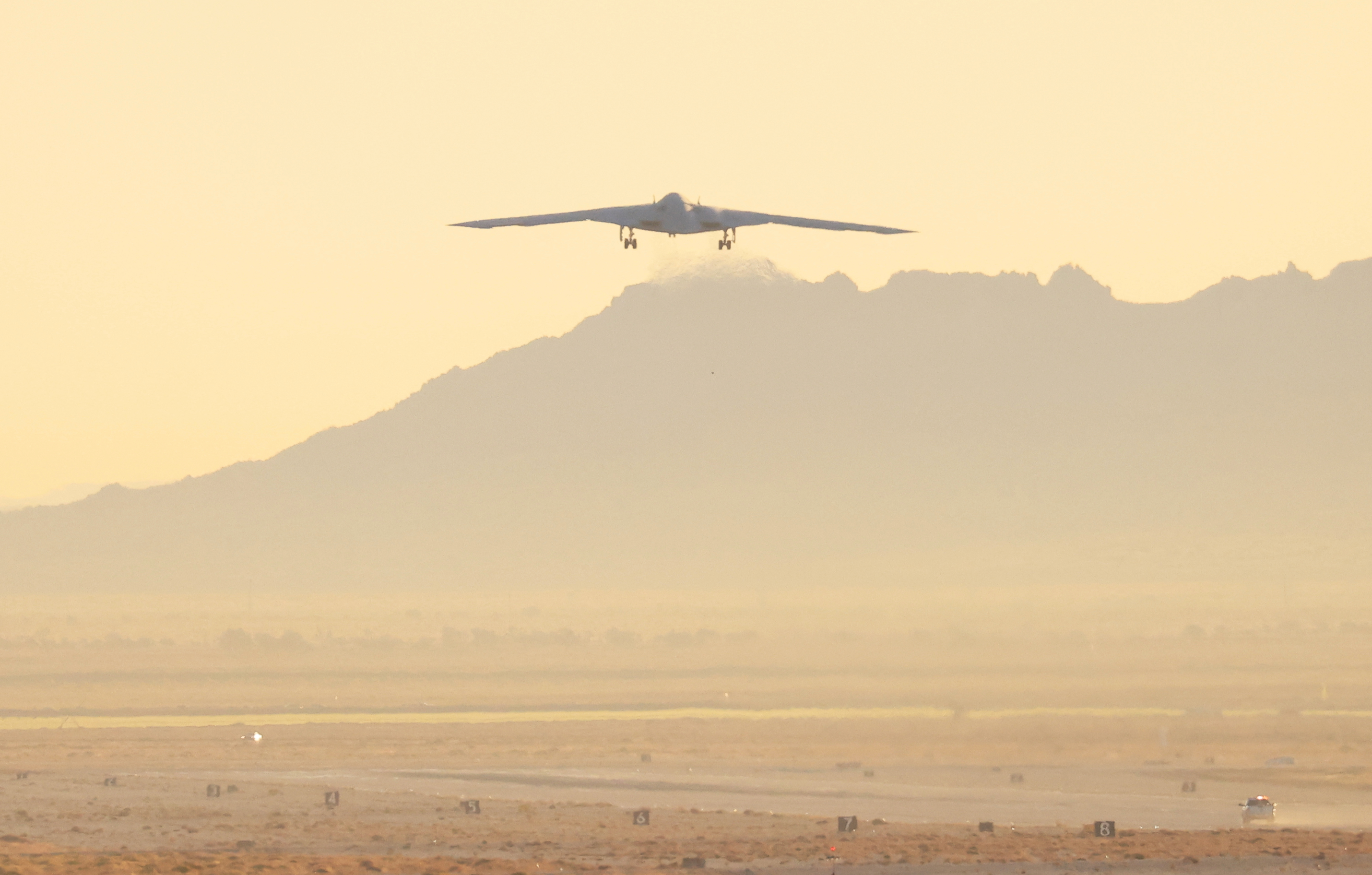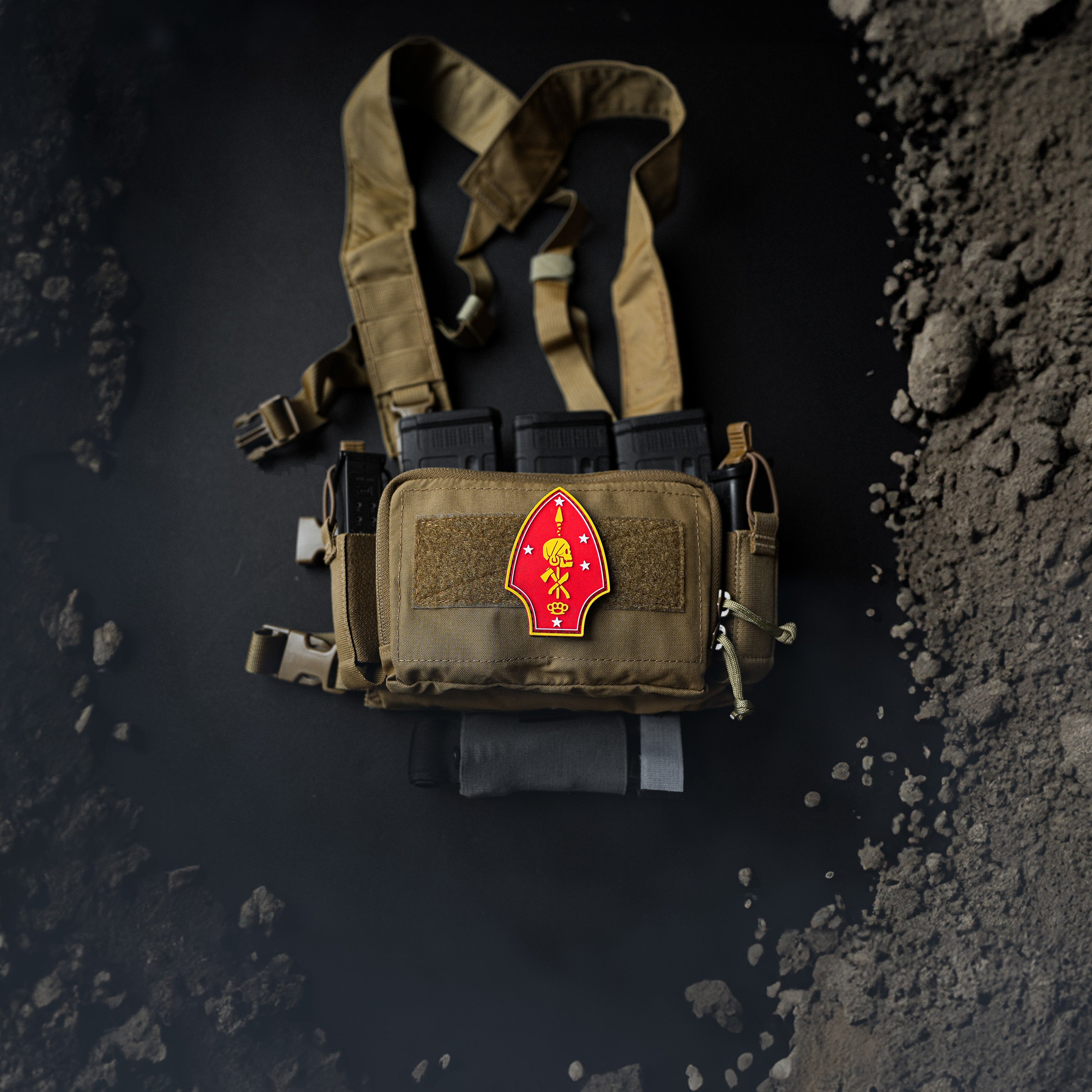
US hints at more strikes unless Iran-linked groups stop attacking
PHOTO CAPTION: Representational photo — An F-15E Strike Eagle takes off from Kadena Air Base, Japan, May 17, 2023. (U.S. Air Force photo by Staff Sgt. Jessi Roth via U.S. Defense Visual Information Distribution Service)
By Phil Stewart and Hyunsu Yim
SEOUL (Reuters) - U.S. Defense Secretary Lloyd Austin on Monday left open the possibility of more strikes against Iran-linked groups if attacks against American forces in Iraq and Syria don't stop, hours after overnight U.S. air strikes in Syria.
The U.S. military carried out its third air strike in as many weeks in Syria late on Sunday, targeting a training facility near the city of Albu Kamal and a safe house near the city of Mayadeen.
The strikes came after at least 40 attacks against U.S. and coalition troops in Iraq and Syria by Iran-backed forces in recent weeks, as regional tensions mount over the Israel-Hamas war. At least 45 U.S. troops have suffered traumatic brain injuries or minor wounds.
"These attacks must stop, and if they don't stop, then we won't hesitate to do what's necessary, again, to protect the troops," Austin told reporters at a news conference in Seoul.
Austin said the latest air strikes in eastern Syria targeted facilities used by Iran's Revolutionary Guard Corps and related groups.
"These strikes are intended to disrupt and degrade the freedom of action of these groups, which are directly responsible for attacks against U.S. forces in Iraq and Syria," Austin said.
The United States has 900 troops in Syria, and 2,500 more in neighboring Iraq, to advise and assist local forces trying to prevent a resurgence of Islamic State, which in 2014 seized large swathes of both countries but was later defeated.
There is growing concern that the Israel-Hamas conflict could spread through the Middle East and turn U.S. troops at isolated bases into targets of heavier weaponry than the smaller rockets and one-way drones seen so far.
The United States has deployed additional air defenses and sent warships and fighter aircraft to the region since the Israel-Hamas conflict erupted on Oct. 7, including two aircraft carriers, to try to deter Iran and Iran-backed groups.
The number of troops added to the region is in the thousands.
Reuters has reported that the U.S. military was taking new measures to protect its Middle East forces during the ramp-up in attacks by suspected Iran-backed groups, and was leaving open the possibility of evacuating military families if needed.
The measures include increasing U.S. military patrols, restricting access to base facilities and boosting intelligence collection, including through drone and other surveillance operations, officials say.
It was still unclear whether anyone was killed in the latest U.S. strikes in Syria. A U.S. official, speaking on condition of anonymity, said a U.S. review was under way.
(Reporting by Phil Stewart; Editing by Ed Davies and Gerry Doyle)









